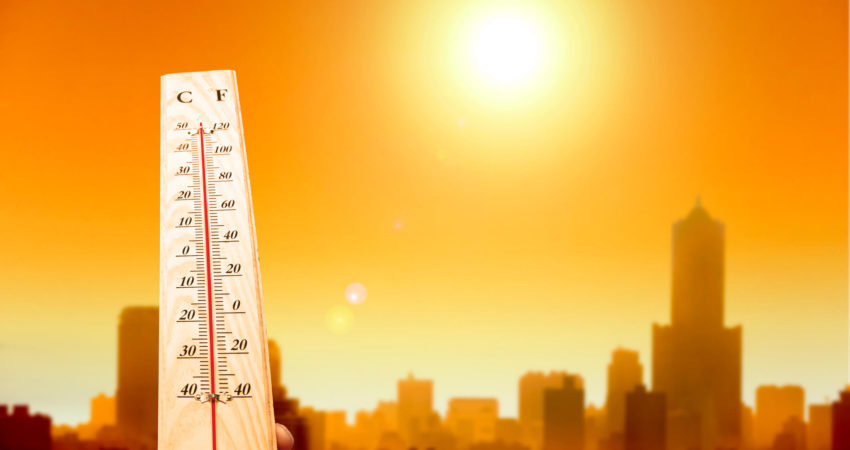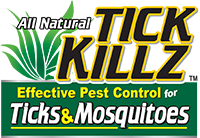Archives
Select Archives- March 2021
- July 2019
- June 2019
- May 2019
- March 2019
- February 2019
- January 2019
- November 2018
- October 2018
- September 2018
- July 2018
- June 2018
- May 2018
- April 2018
- March 2018
- February 2018
- January 2018
- December 2017
- November 2017
- October 2017
- September 2017
- August 2017
- July 2017
- June 2017
- April 2017
- March 2017
- February 2017
- January 2017
- December 2016
- November 2016
- October 2016
- September 2016

The spread of infectious disease through bugs and pests can be largely attributed to two specific types: ticks and mosquitoes. The prevalence of disease-ridden pests is largely dependent on the climate of the area, meaning changes in the climate can affect the chances of being infected by these pests. Here is a breakdown of which diseases are carried by which pest and how they are affected by climate change.
Ticks
Ticks are most commonly known for transmitting Lyme disease, but also carry more than a dozen diseases in the United States, including spotted fever, Heartland virus, and Powassan.
Lyme disease has been increasingly prevalent over the last 30 years, with the number of cases more than tripling in that time period. Even areas as far north as Maine and Minnesota have seen an increase in tick population. This increase and spread of tick-borne diseases can be partly attributed to a warming climate.
Ticks feed on the blood of about three animals over the course of its two-year life cycle. However, ticks can only search for their prey when the weather is warmer, and are forced to become immobilized in burrows or other warmer areas during freezing winter temperatures. Several decades ago, many places in the U.S. didn’t have long enough summers to keep the ticks well-nourished and healthy, and because of this, tick-borne diseases weren’t an issue in the colder northern states.
However, with spring arriving even earlier in many northern areas, ticks are surviving in more places and contributing to large outbreaks of Lyme disease in the summer where there had previously been no issue.
Mosquitoes
Mosquitoes are also capable of transmitting a number of diseases, including malaria, dengue, West Nile virus, Zika, and chikungunya. Similar to ticks, mosquitoes also thrive in warm weather and become inactive at low temperatures. Particularly cold winters can actually wipe out certain species, including ones that spread dengue, yellow fever, and Zika.
However, warm weather doesn’t necessarily mean an increase in mosquito-borne illnesses; hotter weather could actually decrease the number of cases in certain areas. When a mosquito bites an infected host, the pathogen must go through an incubation period within the mosquito that lasts from days to over a week before it can be retransmitted to another host. The amount of time depends on the outside temperature, with warmer weather allowing for faster incubation. However, mosquitoes have such a small life span, which becomes even shorter when temperatures get hotter. This creates a small window of time where the pathogen incubates and the mosquito remains alive to transmit it, so in certain areas increased temperatures can kill off the mosquitoes faster than the disease is incubated.
This, however, causes concern in certain areas where the temperature is currently just too low for mosquitoes to thrive in, as a slight increase in temperature will allow them to fall within that window to be able to incubate the parasites while remaining alive.
Have a tick or mosquito problem? Protect your house and property with Tick Killz, an all-natural pest killer that targets pests like ticks, mosquitoes, fleas, and other nuisance insects. Visit our website to find Tick Killz at a retailer online or near you.
